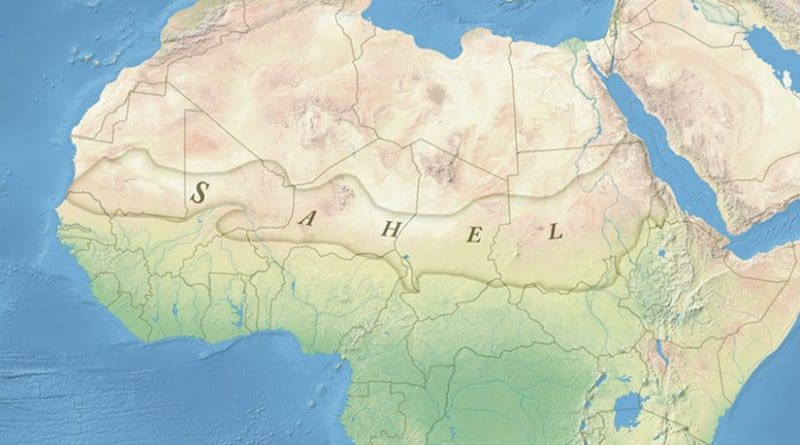EU Official Presents Sahel Security Plan
By Magharebia
By Hamdi Ould Cheikh
A European Union mission just wrapped-up a one-week visit to Mauritania to present the EU strategy for security and development in the Sahel.
As part of the Sahel regional initiative, the EU is helping Mauritania “equip 45 checkpoints to control access to its territory” and assisting Niger with “expanding its police and judicial education”, European External Action Service (EEAS) Central and West Africa chief Manuel Lopez Blanco Lopez said in Nouakchott on Thursday (September 22nd).
Blanco also communicated the European plan – the product of two years’ work between the EU and Sahel-Saharan states – on trips to Mali and Niger.
The EU mission to the Sahel countries aims at assessing the effect of the Libyan conflict, including the proliferation of weapons, on a region already under a terrorism threat.
The EU strategy focuses on good governance, economic development and conflict resolution. Partner states are encouraged to uphold security and the rule of law, while combating extremism and radicalism.
In order to address the security concerns of the region, the EU will work with partner nations to improve law enforcement and military capabilities. Additionally, Europe will promote the development of roads and other vital infrastructure in underdeveloped areas.
On the issue of extremism, the EU pledges to assist Sahel nations in providing social services and jobs to marginalised social groups, including young people.
Lopez Blanco hailed efforts by Mauritanian authorities to curb terrorism and other security threats and stressed that political stability and security are prerequisites for economic growth and development.
During his visit, the European official met with the prime minister and other members of government. Lopez Blanco also met with security officials and the Chief of Staff of the Mauritanian Army and the National Gendarmerie.
Lopez-Blanco also met officers from the Special Intervention Groups, created as part of Mauritania’s efforts to tackle terrorism.
Opinions of the European plan were mostly positive.
“Counterterrorism efforts must address the underdevelopment of the Sahel states,” Sidi Ahmed Ould Cheikh of Mauritanian newspaper l’Express told Magharebia.
“This is the view not just of Europe, but also the United States, which takes the same approach, and even of the countries concerned (in the Sahel), which for a long time have called on the West to invest and support their poverty reduction policies, because it is the destitution and idleness of the young people in these countries that is easily exploited by extremist groups to recruit them and instil their ideology into them,” the editor said.
Ahmed Ould Mouslim, a telecommunications engineer, saw a fundamental challenge facing the plan.
“The EU strategy must first combine the visions of its own members, because within Europe the stances of the various states are often opposed,” he said. “For instance, the United Kingdom opposes the payment of ransom demanded by terrorists, which provide them with a source of income. This position is largely shared by the United States, but not Spain. France opted to intervene directly in order to free hostages and track down armed groups in the Sahel with the support of Mauritania, Mali and Niger. This creates a problem for these states in terms of their opinions, which are unfavourable towards any foreign military presence on their soil.”
Oumar Ould Cheibany, a teacher, felt that European support was vital to the anti-terrorist effort. “The countries of the Sahel are located in vast desert regions,” he said. “Europeans must support them by supplying them with modern technologies: radar, sophisticated surveillance systems and satellite photography.”


Is there a place where I can access the complete report?
Best